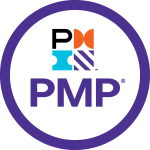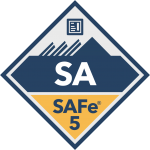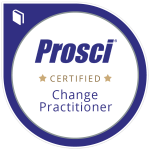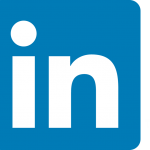Execution through Processes, Projects and Communities

Focusing on execution, we touch on each common organizing concepts in the following sections: Process; Project (program and project management); Community (purpose, practice and interest). We also quickly discuss the role of organization, followed by what is best organizing concept (considering sponsorship and breadth of collaboration)
What is most important to successful transformation?

Involvement has always been “Change 101” for NextForge. It is part of our DNA. This article explores employee involvement backed by published research (McKinsey). “Involving employees in change initiatives increases success 3.5 times.” We introduce a moniker for this involvement iGO- individual, Group and Organization.
Agile Framework for Go-to-Market Execution

We begin by considering the tatical and strategic work to be accomplished within the enterprise. Next up is leadership activity, followed by the architecture of participation (guidance, interactions and routines) of how we manage and work. Agile requires people-enabled network, with different skills and organization; but structure is not organization.
Durable Capabilities Required for Social Business Success (5i’s)

We like to bend Professor Porter’s phrasing on “sustainable” a bit to align with Warren Buffet’s metaphoric moats of “durable” competitive advantage. Durable capabilities required for social business success include the 5Is: Innovation (e.g., Hamel’s innovation stack), Information Bias, Informed Decisions (e.g., Bain’s RAPID decision roles), Individual Acumen, and Integration.
New Reality- Organizing and Aligning in the Age of Everywhere Commerce
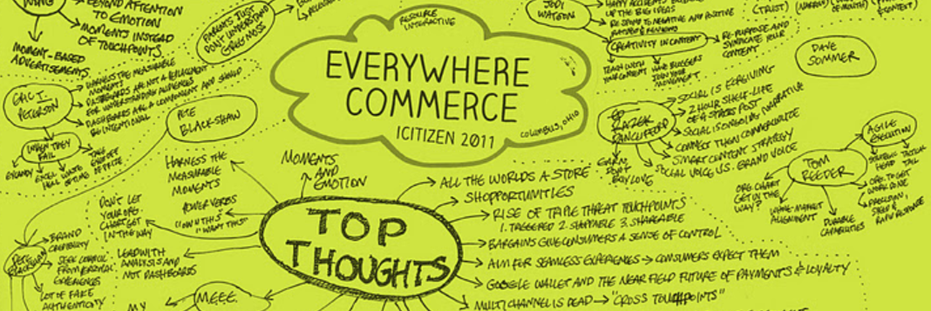
During 2011 we were referred by a client to a digital marketing agency, Resource Interactive (now IBM iX). Resource asked NextForge to present our point-of-view during their annual conference iCitizen 2011 focused on “how to” organize and align the enterprise for digital marketing, including the use of social business (inside the enterprise). Our presentation was the closing keynote iCitizen presentation in Columbus, Ohio.
Bringing Social Business Inside the Enterprise: What we have learned (so far)

What we have learned so far about bringing social business inside the enterprise: 1) deliver on two fronts (committed results + capabilties); 2) build the new way into the approach; 3) blend traditional, proven tools and methods with emerging collaborative approaches; and 4) adopt a collaborative platform.
A Management Renaissance- Innovating for the knowledge-age
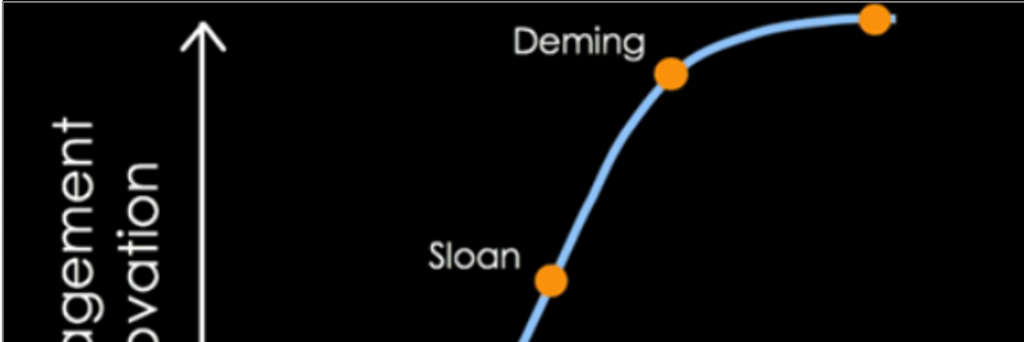
Managing in the knowledge-age requires a management renaissance based on a number of observations, including: 1) traditional management tools have become a commodity; and, 2) for our knowledge-worker workforce, emerging social tools eliminate barriers to collaboration and facilitate innovation.
Management Tools: A 10 Year Overview

We overview 10 years of Bain’s periodic Management Tools survey (2011) through several lenses including stable, aggregated or moderately enhanced, economically cyclical, and emerging social. The top management tools like strategic planning and benchmarking did not significantly change during the first decade of the millennium.
Alignment- The concept of one

When taking on complex projects, you can drive alignment by applying the Concept of One to a number of critical elements including by way of example: one mission; one integrated strategy (e.g., business & tech); one decision making structure and process; one economic model; one roadmap; one team; one organizing concept; one set of common methods & tools
Can Social Media Drive Enterprise Change?

We explore social media inside-the-organization’s impact on the enterprise through its ability to drive business outcomes. “Adoption requires business relevance” Our research considers its importance from multiple perspectives and sources.

